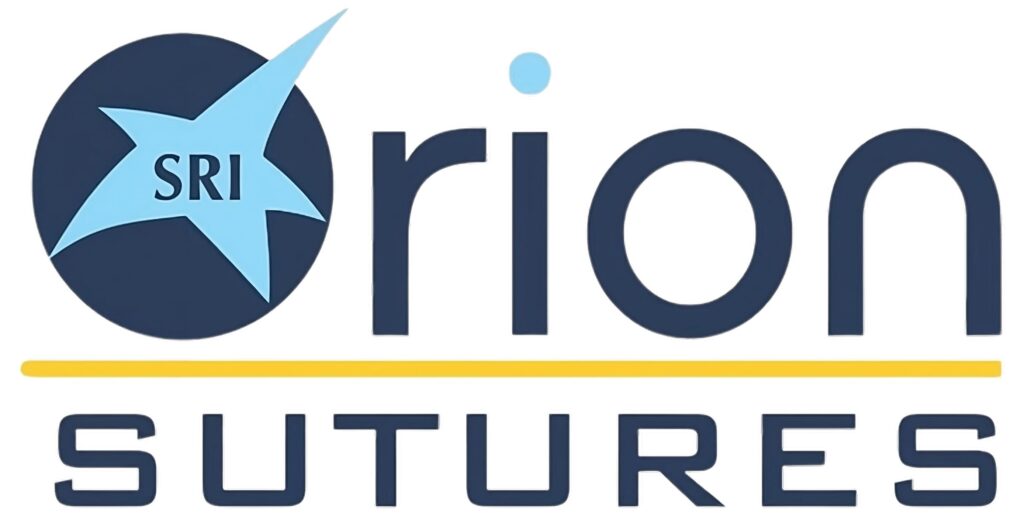Selecting the appropriate thread for suturing purposes has a significant impact on factors such as wound healing, scarring, and overall patient satisfaction. Additionally, the right choice of suture thread can enhance the efficiency of surgical procedures while minimizing the likelihood of complications. Within this guide, we will delve into the various sutures available, like polyglactin suture fv and provide you with five valuable pointers for selecting the optimal suture thread for your patients.
Importance of Suture Selection
Suture choice plays a crucial role in closing wounds and can have an effect on the patient’s overall well-being in the short and long term. The selection of an appropriate suture thread can influence the healing process of the wound, the aesthetic outcome of any resulting scar, as well as the likelihood of encountering complications like infections. A suture with excessive strength can potentially harm the surrounding tissue, whereas a suture with insufficient strength may lead to wound reopening. Hence, it is vital to carefully assess the characteristics of the suture thread and consider the individual requirements of the patient when making a suture selection.
Types of Sutures Available
In the medical field, various suture options are available, each having distinct characteristics. Two commonly used categories are sutures that can be absorbed by the body and those that cannot. Absorbable sutures are designed to dissolve gradually and are suitable for wounds expected to heal rapidly, such as those found in oral or facial regions. On the contrary, non-absorbable sutures remain intact and require manual removal after the wound has fully healed.
5 Tips to Choose the Right Suture Thread for Your Patient
- Consider the location of the wound: The location of the wound should be considered when selecting a suture thread. Wounds on the face or other visible areas may require a suture that will not leave a visible scar.
- Consider the strength of the suture: The strength of the suture should be considered when selecting a suture thread. Wounds that require additional support may require a stronger suture thread.
- Consider the elasticity of the suture: The elasticity of the suture should be considered when selecting a suture thread. Wounds that are likely to move or stretch may require a more elastic suture thread.
- Consider the absorption rate of the suture: The absorption rate of the suture should be considered when selecting a suture thread. Wounds that are likely to heal quickly may require an absorbable suture thread.
- Consider the patient’s medical history: The patient’s medical history should be considered when selecting a suture thread. Patients with a history of allergic reactions to certain materials may require a different type of suture thread.
Introduction to Polyglactin Suture
Polyglactin suture is a type of absorbable suture that is commonly used in surgical procedures. It is made from a synthetic material called polyglycolic acid and is coated with a material called polycaprolactone. This coating prolongs the absorption rate of the suture and allows for better tensile strength.
Advantages and Disadvantages of Using Polyglactin Suture
One advantage of using suture polyglactin is its absorbable nature. This means that the suture will dissolve over time, eliminating the need for manual removal. Another advantage of using polyglactin suture is its high tensile strength, which makes it ideal for wounds that require additional support.
One disadvantage of using polyglactin suture is its potential to cause an inflammatory reaction. This can lead to swelling, redness, and discomfort at the wound site. Another disadvantage of using polyglactin sutures is its high cost compared to other types of sutures.
Conclusion
The art of suture selection is a critical skill for medical professionals to master. Choosing the right suture thread can impact wound healing, scarring, and overall patient satisfaction. By understanding the properties of suture thread and following best practices, medical professionals can ensure the best possible outcome for their patients. Remember to consider the specific needs of the patient when selecting a suture, and always monitor the wound for signs of infection or other complications.

